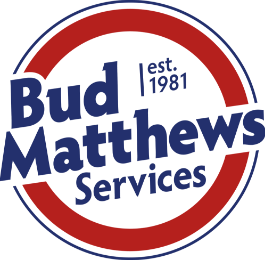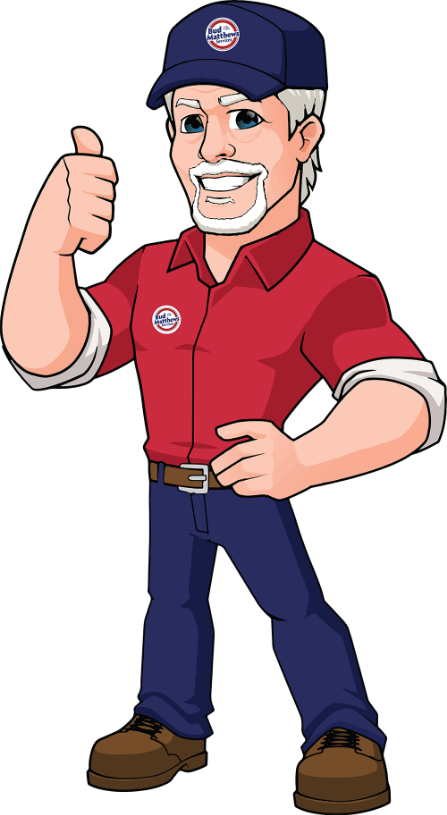As the chilly weather settles in, your furnace takes on a vital role in maintaining comfort and warmth in your home. However, like any other appliance, furnaces—whether gas or electric—are susceptible to wear and tear over time. While a complete breakdown will make it obvious that something is wrong, many furnace issues manifest in subtler ways. Recognizing these signs early can help you avoid costly repairs and ensure your heating system remains efficient and safe. Here are several common signs that indicate it’s time to call for furnace repairs.
1. Strange Noises From the Furnace
Furnaces produce a range of sounds while they operate, but any unusual noises can signal a problem. Familiarizing yourself with the typical sounds of your furnace can help you identify when something is amiss. Common noises to watch out for include:
- Grinding Noises: This often indicates worn-out blower motors or other internal components. If not addressed promptly, these issues can lead to more severe damage.
- Rattling Sounds: Loose components, broken parts, or a cracked heat exchanger can cause rattling. If you hear these sounds, especially after the furnace has shut off, it’s essential to have it inspected right away to prevent further damage.
- Booming Sounds: These sounds may indicate delayed ignition in gas furnaces. This can lead to incomplete combustion, which not only affects efficiency but can also pose serious safety risks, including potential gas leaks.
2. Elevated Heating Bills
If you notice a sudden spike in your heating bills during the first month of use after turning on your furnace, it could indicate inefficiency. There are several factors that can lead to increased costs:
- Clogged Filters: When air filters are dirty, they restrict airflow, forcing the furnace to work harder to maintain the desired temperature. This increased workload leads to higher energy consumption.
- Thermostat Issues: A malfunctioning thermostat may cause your furnace to run longer than necessary, driving up your energy bills.
- Worn-out Parts: Components that are no longer functioning optimally can lead to inefficiencies, causing your furnace to consume more energy than it should. Regular maintenance can help identify and replace these parts before they lead to higher bills.
3. Low Airflow From Vents
The air coming from your vents should be strong and steady when the furnace is running. If you notice weak airflow, it can indicate several potential issues:
- Blower Motor Malfunctions: If the blower motor isn’t operating correctly, it may struggle to push air through the ducts effectively.
- Blocked or Clogged Ducts: Dust and debris can accumulate in the ductwork, obstructing airflow. This not only affects heating efficiency but can also lead to poor indoor air quality.
- Clogged Air Filters: A dirty air filter can restrict airflow, which can also cause the furnace to overheat and trigger safety features that shut the system down.
4. Burning Odors
When you first turn on your furnace for the season, it’s normal to detect a slight burning smell as dust burns off heating elements. However, a persistent or acrid burning odor is a sign of a more significant issue:
- Electrical Burning Smells: If you detect an electrical odor, this could indicate overheating motors or failing electrical components. This situation can escalate quickly, so it’s crucial to address it promptly.
- Sulfur or Rotten Egg Smells: A smell resembling rotten eggs indicates a potential gas leak, which is a serious issue that requires immediate attention. If you notice this smell, evacuate your home and contact your gas provider and a furnace repair professional immediately.
5. Uneven Heating
When your furnace is functioning correctly, it should distribute heat evenly throughout your home. If you find that some rooms are significantly warmer or cooler than others, this could indicate problems with your heating system. Possible causes include:
- Failing Blower Motor: An ineffective blower may not distribute warm air effectively, leading to cold spots in the house.
- Blocked Vents or Ducts: Furniture, carpets, or other obstructions can block vents, preventing heated air from reaching certain areas.
- Aging Furnace: An older furnace may struggle to maintain an even temperature due to wear and tear on internal components.
6. Frequent Cycling On and Off
Short cycling, where the furnace frequently turns on and off, can indicate several underlying issues, including:
- Thermostat Problems: A faulty thermostat can send incorrect signals to the furnace, causing it to operate erratically.
- Clogged Filters: When filters are dirty, they restrict airflow, making the furnace overheat and shut down to protect itself.
- Ductwork Issues: Leaks in the ductwork can lead to pressure problems, causing the system to cycle frequently as it attempts to reach the set temperature.
Short cycling can lead to premature wear on the furnace, resulting in more costly repairs down the line, so it’s crucial to address this issue as soon as it arises.
7. Yellow Pilot Light
The pilot light on your furnace should burn blue, which indicates efficient and proper combustion. If you notice the pilot light burning yellow, this can signal several problems:
- Inefficient Combustion: A yellow flame may indicate the furnace is not burning fuel correctly, which can lead to a buildup of carbon monoxide—a dangerous and odorless gas.
- Blocked Ventilation: Poor ventilation can also lead to improper combustion and safety hazards. If you observe a yellow pilot light, it’s essential to contact a professional immediately to check for combustion issues.
8. Difficulty Starting the Furnace
If you’re experiencing challenges getting your furnace to start or it requires multiple attempts, this could indicate several potential issues:
- Thermostat Issues: A malfunctioning thermostat may not send the correct signals to the furnace, preventing it from starting.
- Pilot Light Problems: If the pilot light is out or not functioning properly, it will prevent the furnace from igniting.
- Wiring Issues: Damaged or faulty wiring can lead to difficulties in starting the furnace. These issues can pose safety risks, so it’s best to have them checked by a professional.
Contact Us for Furnace Repair Services
If you’ve noticed any of the signs mentioned above, it’s crucial to address them promptly. Ignoring these issues can lead to a complete system failure or more costly repairs. At Bud Matthews Services, we offer expert HVAC repair and maintenance, ensuring your furnace operates efficiently and reliably all winter long. Our experienced technicians can diagnose and fix any furnace issue, helping you maintain a comfortable and safe home environment.
Bud Matthews Services is your one-call solution for all home services, including HVAC, plumbing, appliance repair, and even design/build and renovations. We pride ourselves on providing top-quality service and making the repair process seamless for our customers. Contact us today to schedule your furnace repair and experience the Bud Matthews difference!
Bud Matthews Services offers furnace repairs in Durham, NC.

